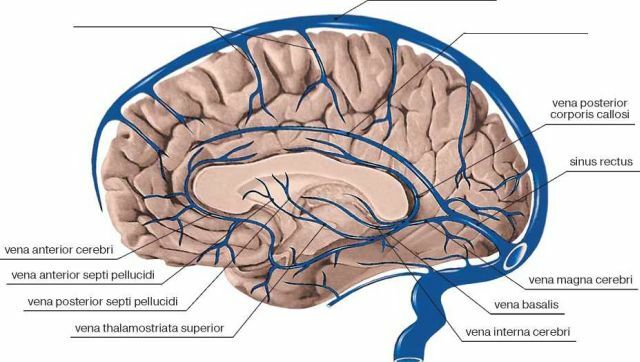 Organic central nervous system( CNS) damage is a diagnosis that indicates that the human brain is in an unstable state and is considered inferior.
Organic central nervous system( CNS) damage is a diagnosis that indicates that the human brain is in an unstable state and is considered inferior.
As a result of such lesions, the brain experiences dystrophic disorders, destruction and death of brain cells or necrosis. Organic damage is divided into several degrees of development. The first stage is inherent in most ordinary people, which is considered the norm. But the second and third - requires medical intervention.
Residual CNS damage is the same diagnosis that shows that the disease has appeared and persisted in a person in the perinatal period. Most often this affects babies.
From here we can draw an obvious conclusion. Residual organic lesions of the central nervous system are disorders of the brain or spinal cord that were obtained during the period when the baby is still in the womb( at least 154 days from the day of conception) or within a week after it was born.
Contents
- Mechanism of damage
- Causes and risk factors
- Classification of CNS lesions
- Symptoms depending on severity
- Necessary set of measures
- Neurocompression methods
- Rehabilitation is all in the hands of mother and doctors
- Complications, consequences and prognosis
Mechanism of damage
One of the "not joints "of the disease is the fact that a violation of this type refers to neuropathology, but its symptomatology can refer to other branches of medicine.
Because of the external factor, the mother has failures in the formation of the phenotype of cells, which are responsible for the usefulness of the list of functions of the central nervous system. As a result, the development of the fetus is delayed. It is this process that can become the last link on the way to CNS disorders.
Regarding the spinal cord( as it is also included in the central nervous system), the corresponding lesions may appear as a result of an incorrect obstetric aid or in inaccurate head rotations when the child is withdrawn.
Causes and risk factors
The perinatal period can also be called a "fragile period", because at that time, virtually any adverse factor can cause the development of the central nervous system defects of the infant or fetus.
For example, medical practice has cases that show that organic damage to the central nervous system causes the following reasons:
- hereditary diseases that are characterized by the pathology of chromosomes;
- disease of a future mother;
- infringement of a generic calendar( long and heavy sorts, premature birth);
- development of pathology during pregnancy;
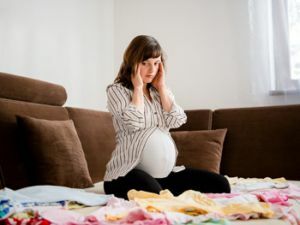
- disrupted food, lack of vitamins;
- environmental factors;
- taking medication during pregnancy;
- stress state of mother during pregnancy;
- asphyxia during childbirth;
- atony of the uterus;
- infectious diseases( and during lactation);
- immaturity of the pregnant girl.
In addition, the development of pathological changes can affect the use of various dietary supplements or sports nutrition. Their composition can be detrimental to a person, with certain characteristics of the body.
Classification of CNS lesions
The perinatal CNS lesion is divided into several types:
- Hypoxic-ischemic .It is characterized by inter-natal or postanal lesions of the GM.Appears as a result of the manifestation of chronic asphyxia. Simply put, the main cause of such damage is the oxygen deficiency in the fetus( hypoxia).
- Traumatic .This is the type of injury that is received by the newborn in the process of delivery.
- Hypoxic traumatic .This combination of oxygen deficiency with a trauma of the spinal cord and cervical spine.
- Hypoxic-hemorrhagic .Such damage is characterized by trauma at delivery accompanied by a malfunction of the blood circulation of the brain with subsequent hemorrhages.
Symptoms depending on the severity of
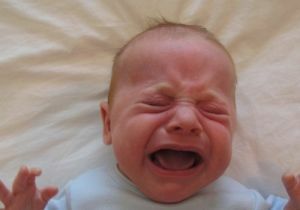 In children, residual organic damage is difficult to see with the naked eye, but an experienced neurologist, already at the first examination of the baby will be able to determine the external signs of the disease.
In children, residual organic damage is difficult to see with the naked eye, but an experienced neurologist, already at the first examination of the baby will be able to determine the external signs of the disease.
Often this happens involuntary trembling of the chin and handles, a restless state of the baby, a syndrome of tone disorders( absence of strains in the muscles of the skeleton).
And, if the lesion is of a severe nature, then it may manifest as a neurological symptom:
- paralysis of any limb;
- violation of eye movements;
- reflex failures;
- loss of vision.
In some cases, the symptomatology can be seen only after having passed certain diagnostic procedures. This feature is called the mute course of the disease.
Common symptoms of residual-organic damage of the central nervous system:
- unreasonable fatigue;
- irritability;
- aggression;
- mental imbalance;
- changeable mood;
- reduced intellectual abilities;
- constant emotional excitement;
- inhibited actions;
- pronounced absentmindedness.
In addition, the patient is characterized by symptoms of mental infantilism, brain dysfunction and personality disorders. With the progression of the disease, a complex of symptoms can be replenished with new pathologies, which in the absence of treatment can lead to disability, and in the worst case - death.
Necessary set of measures
It's not a secret that diseases of such a degree of danger are difficult to cure by single methods. And even more so for the elimination of 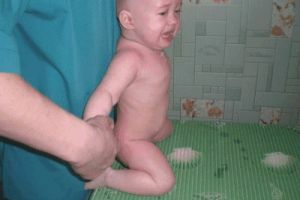 residual-organic lesion of the central nervous system, and even more so, the appointment of a complex treatment is necessary. Even with the combination of several methods of therapy, the process of recovery will last a long time.
residual-organic lesion of the central nervous system, and even more so, the appointment of a complex treatment is necessary. Even with the combination of several methods of therapy, the process of recovery will last a long time.
For correct selection of the complex, it is strictly necessary to contact the attending physician. Typically, the complex of prescribed therapy includes the following set of measures.
Treatment with drugs of different directions:
- sedative;
- psychotropic drugs;
- nootropics;
- antipsychotic drugs;
- vitamins and minerals to improve brain function.
External correction( external stimulation treatment): 
- massage;
- treatment with special loads( kinesitherapy);
- physiotherapy( laser therapy, myostimulation, electrophoresis, etc.);
- reflexotherapy and acupuncture.
Neurocorrection methods
Neurocorrection is a psychological technique that is used to restore the broken and lost functions of GM.
In the presence of speech defects or neuropsychiatric disorders, specialists connect to the treatment of a psychologist or speech therapist. And in case of manifestation of dementia, it is recommended to seek help from educators of educational institutions.
In addition, the patient is on the account of a neurologist. He should undergo a regular examination with a doctor who is treating him. The doctor can prescribe new medicines and other medical measures with the appearance of such a need. Depending on the severity of the disease, the patient may need constant monitoring of relatives and friends.
We emphasize, the treatment of residual organic lesion of the central nervous system during the acute manifestation is carried out only in a hospital environment, and only under the supervision of a qualified specialist.
Rehabilitation - everything is in the hands of mother and medical personnel
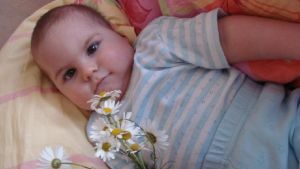 Rehabilitation measures for this disease, as well as during its treatment, should be appointed by the attending physician. They are aimed at eliminating the formed complications in accordance with the patient's age.
Rehabilitation measures for this disease, as well as during its treatment, should be appointed by the attending physician. They are aimed at eliminating the formed complications in accordance with the patient's age.
With the remaining motor disorders, physical methods of action are usually prescribed. First of all, it is recommended to do therapeutic gymnastics, the main idea of which will be directed at "revitalizing" the affected areas. In addition, physiotherapy removes swelling of the nervous tissue and regains muscle tone.
Delays in mental development are eliminated with the help of special drugs that have a nootropic effect. In addition to tablets, they also teach with a speech therapist.
To reduce the activity of epilepsy, anticonvulsants are used. Dosage and the drug itself should be prescribed by your doctor.
Increased intracranial pressure should be avoided by continuous monitoring of the liquor fluid. Pharmaceutical preparations are prescribed, which increase and accelerate its outflow.
It is very important to eradicate the disease at the first alarming bells. This will enable a person to lead a normal life in the future.
Complications, consequences and prognosis
According to medical experts' experience, organic CNS damage in children can cause such consequences:
- mental development disorders;
- speech defects;
- delayed speech development;
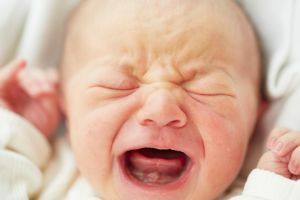
- lack of self-control;
- bouts of hysteria;
- violation of the normal development of GM;
- post-traumatic stress disorder;
- epileptic seizures;
- vegeto-visceral syndrome;
- neurotic disorders;
- neurasthenia.
In children, such violations often affect the adaptation to environmental conditions, manifestations of hyperactivity or, conversely, the syndrome of chronic fatigue.
To date, the diagnosis of "residual-organic lesion of the central nervous system" is set quite often. For this reason, doctors are trying to improve their diagnostic and therapeutic abilities.
The precise characteristics and characteristics of a particular type of lesion make it possible to calculate the further development of the disease and to prevent it. At best, you can completely remove the suspicion of the disease.


